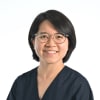How air force pilots beat bad eyesight to guard Singapore's skies
Since 2005, about 400 air crew have received corrective eye surgeries sponsored by the Republic of Singapore Air Force (RSAF).
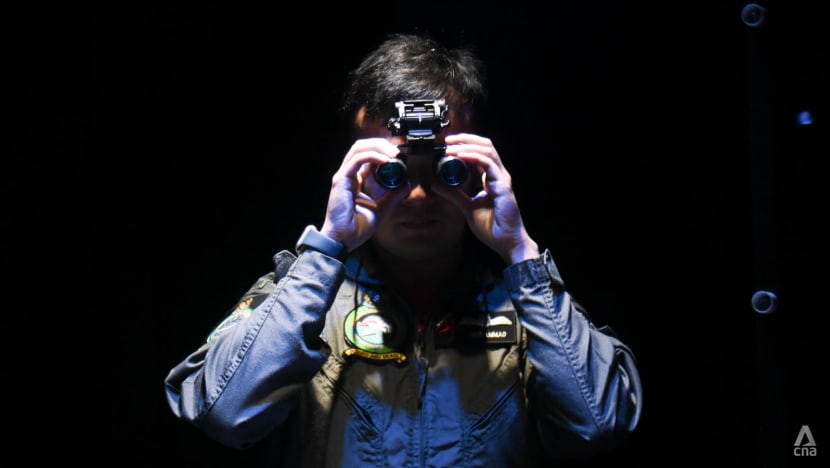
An RSAF pilot uses a pair of night vision goggles in the night vision training room at the RSAF Aeromedical Centre on Jan 26, 2024. (Photo: CNA/Suen Wai Kit)

This audio is generated by an AI tool.
SINGAPORE: As a child, a helicopter ride left such a deep impression on Captain (CPT) Padigepati Anirudh Reddy that he dreamt of becoming a pilot one day.
The view from the sky "was just so amazing that I wanted to fly", said CPT Anirudh, now 36.
But as a teen, he was unable to join the Singapore Youth Flying Club due to poor eyesight. He suffered from myopia – 450 degrees in his right eye and 400 degrees in his left eye – and astigmatism.
It was not until a recruitment talk by the Republic of Singapore Air Force (RSAF) that he learnt he could become a military pilot by getting corrective eye surgery.
Since 2005, the RSAF has sponsored corneal refractive surgery for eligible air crew who pass stringent medical tests.
CPT Anirudh received his surgery when he joined the air force in 2010, and now serves as a search-and-rescue helicopter pilot.
"For search and rescue, obviously it's very crucial to have good eyesight. A lot of the portion of the time we're flying low, we're looking out in the sea to look for people," he said.
To date, about 400 air crew have benefited from RSAF's surgery programme. All returned to military flying duties after their procedures, with none developing complications that prevented them doing so.
The programme debunks the myth that perfect vision is needed to become an RSAF pilot, said aviation medical doctor Major (MAJ) Isaac Chay Wei Jie.
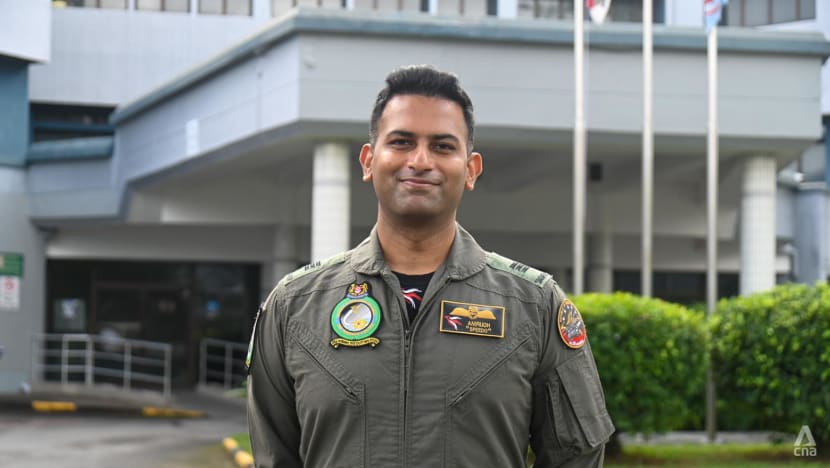
FIT TO FLY
Singapore has one of the highest rates of myopia in the world. By 2050, the projection is that 80 to 90 per cent of all Singaporean adults above 18 will have myopia.
RSAF's eye surgery programme was implemented in 2005 due to the prevalence of myopia, said MAJ Dr Chay. He noted that recruitment is a perennial issue for the air force.
"If we were really to limit (applicants) to those who don't wear spectacles, I think the pool of recruitable talent that we'll have will be very, very small," he said.
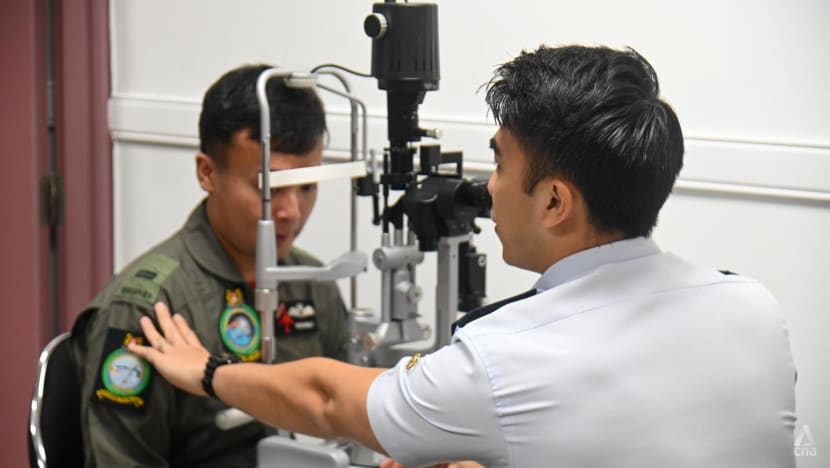
Currently, RSAF pilot hopefuls are required to have eyesight of under 800 degrees per eye, and astigmatism of under 300 degrees per eye.
Those with mild myopia can choose to fly with aviation spectacles, but this can cause discomfort and inconvenience, according to some pilots.
Pressure points tend to build up where the pilot's helmet presses against the spectacle frames, and eyeglasses can also fog up, obscuring vision.
Pilots who wear spectacles are also required to carry a spare pair when they fly, an added hassle when they prepare for missions.
"We wanted to offer our military air crew a chance to embark on their career without the need to wear spectacles, and by doing so enhance their ability to perform their flying duties both safely and effectively," said MAJ Dr Chay.
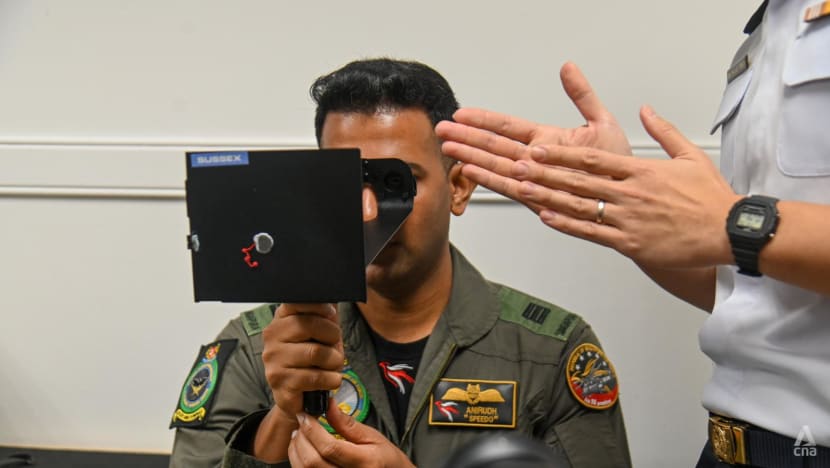
Applicants who want to fly with the RSAF must pass stringent medical tests at the RSAF Aeromedical Centre as part of their assessment.
This includes their suitability for corrective eye surgery, if needed, in order to ensure good surgical outcomes and the longevity of good vision from the procedure.
Two types of procedures are covered by the programme – photorefractive keratectomy (PRK) and, since 2013, LASIK. Both are laser-assisted surgeries that involve reshaping the cornea.
The procedures are performed by selected surgeons at the National University Hospital.
"There are still some components of the surgery which are surgeon-dependent, which is why there are very stringent selection standards even for the surgeons who are eligible to operate on the RSAF air crew," said MAJ Dr Chay.
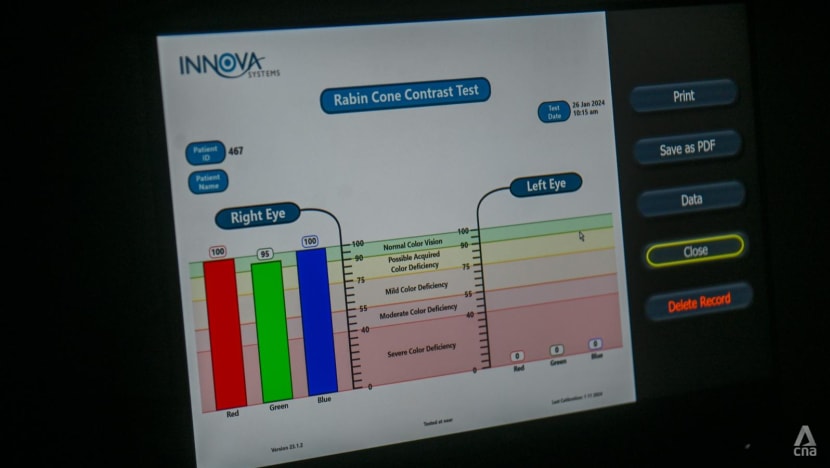
After the surgery, doctors at both the public hospital and the RSAF Aeromedical Centre follow up closely with the air crew to catch any complications early.
All air crew, regardless of whether they have received surgery, undergo annual medical examinations that test various components of vision.
These go beyond the eye tests commonly administered by ophthalmologists, which test how well objects that are near or far away can be seen.
Given the high stakes of their missions, military pilots are also tested for depth perception, eye alignment and colour vision.
They also receive regular aviation physiology training, including night vision training.
In a specialised training room, air crew use night vision goggles and a physical terrain board to simulate night flying. This trains them to identify the visual illusions that can occur at night, and to manage the limitations of night vision goggles.
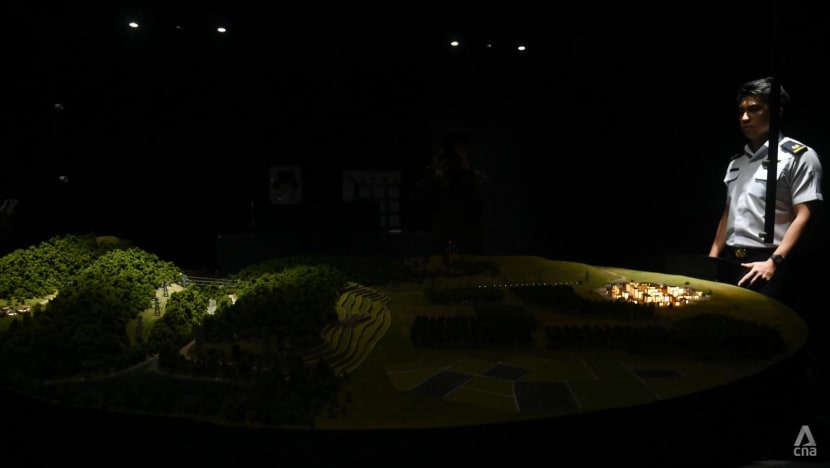
More than 10 years after CPT Anirudh's PRK surgery, he continues to maintain perfect eyesight.
The procedure was quick, painless and so effective that he has since convinced his wife and several family members to receive corrective eye surgery too.
For him, the process of becoming fit to fly was "very exciting" and the fulfillment of a childhood dream.
"The kind of operations that we do, we won't get it in the civilian world, it's very hard," he said.
"The amount of care and effort that they put in into military aviation ... the standards are so high that you naturally feel safe."









